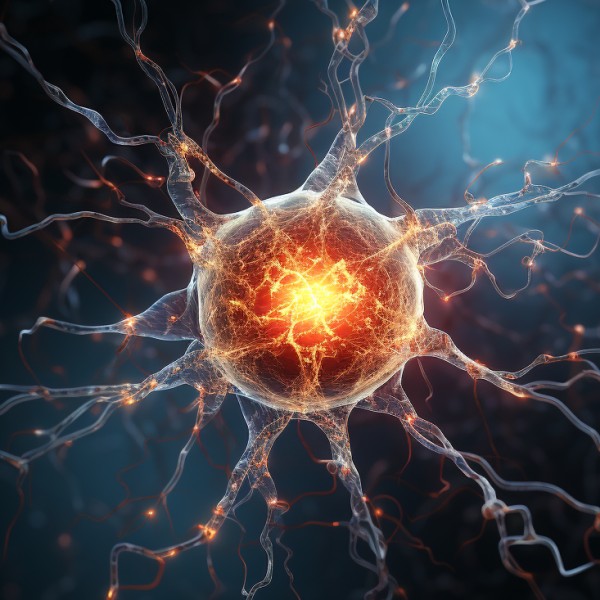European scientists at the Pain Evaluation and Treatment Centre of Hôpital Ambroise Paré, evaluated several medications for neuropathic pain in an article partially titled “Pharmacotherapy for neuropathic pain in adults”.
While research reports and findings are peer-reviewed for scientific correctness, the director of the center, Dr.Nadine Attal, finds certain biases creep into the picture.
For instance the media may cite published reports as presenting the full picture of treatments for pain from neuropathy, while other studies which have not succeeded may never have been published at all.
Rather than reporting a negative finding, researchers quietly file the study away, which leads to a survivorship bias towards successful results.
Another point is that the patients themselves may not respond to pain in a uniform manner. Common examples are possible different pain thresholds between genders, ages, cultures, etc.
A third factor was the placebo effect seemed to play a more prominent part in some recent scientific studies.
After reviewing the trial outcomes of 229 studies since 1966 on commonly used neuropathic pain medications, and based on GRADE, the study authors created a treatment regimen suggesting the following as first-, second-, and third-line options:
- tricyclic antidepressants
serotonin-noradrenaline reuptake inhibitors
pregabalin
gabapentin - lidocaine patches
capsaicin high-concentration patches
tramadol - Strong opioids
botulinum toxin A
As the field of neuropathic pain treatment evolves and finds more sophisticated answers the doctor’s arsenal of weapons to fight the debilitating condition will continue to expand.
Meanwhile, the findings indicate that a healthy skepticism on reported claims is always necessary.

Leave a Reply
You must be logged in to post a comment.